Accommodating 5G frequencies with composite materials

Exel Composites has secured a patent across Europe for its telecommunications radome design. Four years in the making, the innovative material design will support the increasing roll out of fifth generation (5G) networks and will help telecommunications companies to overcome challenges with signal attenuation and protecting devices on the antenna.
Breaking into the telecommunications market in the 1990s, Exel Composites’ expertise in the industry predominantly involves the manufacturing of radomes. These structures cover antenna systems and radar equipment, offering protection from the environment. A key requirement for these radomes is that the material forming them must be radio-transparent, so that signals can successfully pass through them.
While 5G technology is improving global broadband speeds, it has produced challenges for telecoms equipment manufacturers. The value of 5G stems from its ability to use a much higher frequencies in the signal to allow lower latency and higher speed for 5G solutions. The downside is that high frequencies cannot penetrate materials easy, restricting the reach to connected devices.
To accommodate this, radomes must be manufactured from a low attenuating material that can be penetrated by higher frequencies. Composite materials such as fibreglass help to mitigate signal attenuation, while providing the necessary mechanical strength required for long lasting protective radomes.
Exel Composites’ new patent includes a closed cell thermoplastic foam in its structure. “The challenges with making a suitable radome involve striking the balance between the attenuation and mechanical structure of the material”, said Juha Pesonen, segment leader for telecommunications at Exel Composites.
“Foam has been used in the design for its low density and rigidity, which supports the easy transmission of radio waves. Combined with the mechanical strength of fibreglass skins, we have created a material that is durable, stiff and can provide the protection from the environment that antennae require.”
“The significance of this patent is the bespoke window that allows wavelengths to penetrate easier,” said Kim Sjödahl, Senior Vice President Technology and R&D at Exel Composites. “Rather than manufacturing the whole radome from the same density of material, we can alter it to meet customer requirements so that there is a specific insert creating a window, necessary for the radiowaves to pass through.
“Working closely with antennae manufacturers we optimise radome design accordingly based on the functionality and frequency of the antenna,” explained Pesonen. “Depending on this, we can tailor the combination of the fibres, resin and foam to enhance specific properties. For example, by creating greater mechanical strength or attenuation in required areas.
“It’s taken four years from development until now to expand the patent into Europe, demonstrating the complexity behind radome manufacturing,” continued Pesonen.
“Frequencies have increased rapidly in the last decade, with 5G standards reaching 39 gigahertz (GHz). Our manufacturing capabilities and material expertise allow us to prepare for even higher frequencies, like that of 6G in the future. For the time being, our radome patent will benefit our global network of telecommunications customers, helping them to deliver the latest generation of wireless technology.”
Similar articles
More from Exel Composites
- The importance of resin selection in composite materials 6th May 2021
- Composite components: advancing automated machinery 20th April 2021
- The benefits of using composite components in machinery 15th March 2021
- Accommodating 5G frequencies with composite materials 16th February 2021



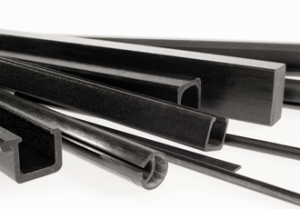

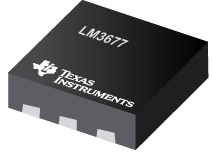

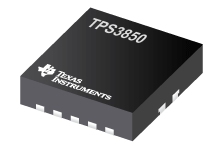
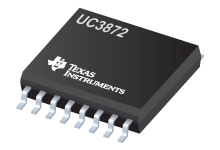

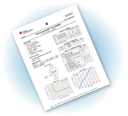

Write a comment
No comments